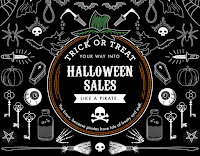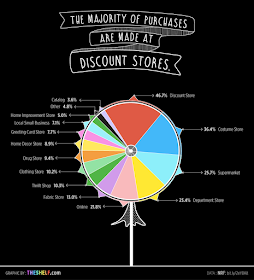As the national polls and the state-by-state predictions shake out in the final month of the 2016 campaign, the focus turns even more to the Electoral College as the actual arbiter of presidential glory. Somewhat enigmatic and certainly esoteric, the Electoral College stands as a tribute to the Founding Fathers' well-founded distrust of the new republic's voting population. It also exists as a potentially genius solution to the variations in population density across the country and the unyielding desire for fairness in the democratic process.
Some
argue that the electoral vote misrepresents the true(r) popular vote. Others
claim that the College instead empowers underrepresented regions. Either way, until a Constitutional Amendment changes the process, electors will meet on the first Monday after the second Wednesday in December to pick the president. Aside from a few confidence-rattling elections – such as when a
Reconstruction compromise or a
Congressional broker or a
Supreme Court controversy determined the winner – the electoral outcome has been affirmed by both citizens and historians.
In order to explain the workings of the Electoral College to all levels of residents and students,
PBS Learning Media has put together a terrific "
Electoral Decoder." As a part of its
Election Central page, this comprehensive and visually impressive resource demystifies the process and helps anyone become more familiar with the United States' democratic system.
For classroom teachers, a good initial stop is the
video introduction to the tool and the methodology. Clear map animations lead educators and learners through the workings of the Electoral College. There is also a
teacher portal that includes lesson plans and instructional suggestions.
The
2016 Presidential Predictor is an interactive map that employs a gamification approach, in which each student becomes a pundit and picks the winner of each state to see which candidate reaches the magic number of 270 electoral votes.
Users can also view the complete roster of electoral results from
past contests, displayed in clear geographic statistics. The
cartogram view is another valuable lens through which historians can employ design to make the data come to life. In this view, the cartogram resizes traditional map shapes to reflect a relative input, such as population or number of electoral votes. In other words, the states with more people become larger, distorting the recognizable scheme while highlighting the crucial swing locations.
In all, PBS' "
Electoral Decoder" is an informative blend of straightforward geography, time-honored civics, and forward-thinking visualizations to make American elections more accessible.








